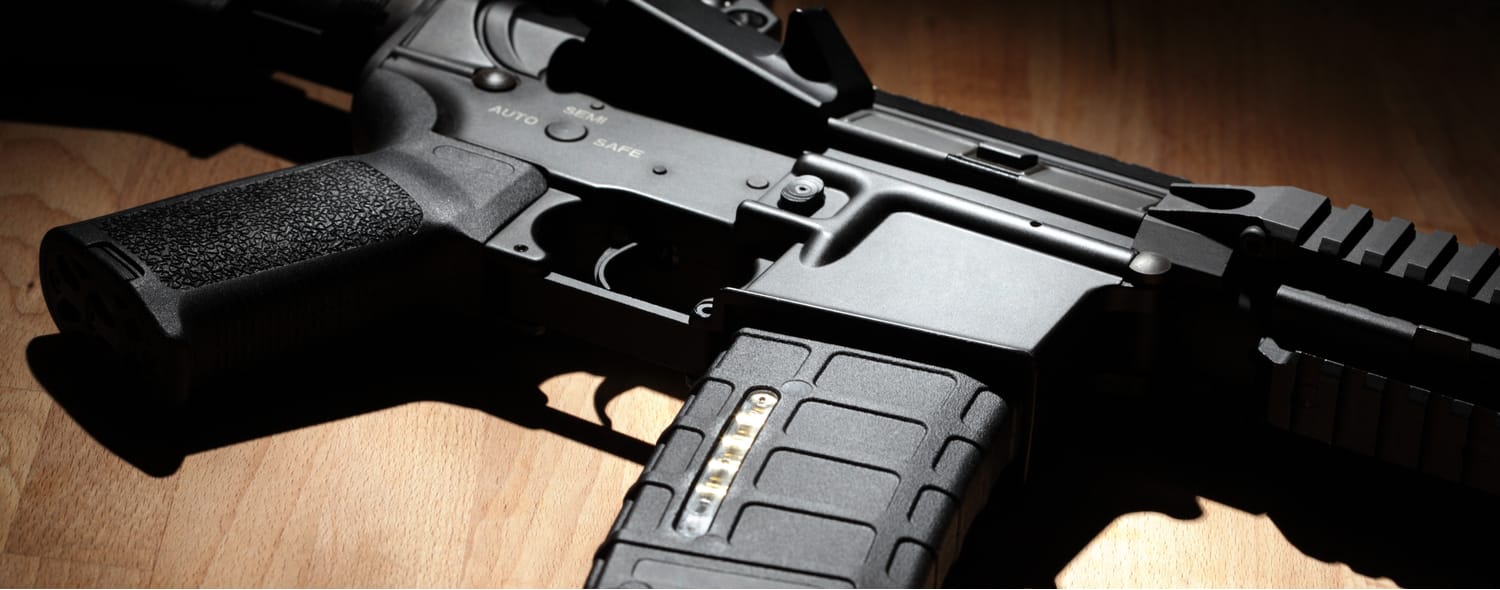The AR-15 is one of the most popular rifles in the United States, known for its versatility and customization options. One of the key components that shooters often look to customize is the upper assembly. Selecting the right AR-15 upper assembly is crucial for meeting your specific shooting needs, whether it be for hunting, target shooting, competition, or defense. Here we will provide you with the information you need to make an informed decision when choosing an AR-15 upper assembly.

Understanding AR-15 Upper Assemblies: Before diving into the selection process, it’s important to understand what the upper assembly of an AR-15 is and what it comprises. The upper assembly includes several key components: the barrel, the upper receiver, the bolt carrier group (BCG), the charging handle, and the handguard. Each of these components plays a vital role in the overall performance of the rifle.
1. Determine Your Purpose:
The first step in selecting the right upper assembly is to determine the primary purpose of your AR-15. Different shooting activities require different specifications. For instance, a hunter might prefer a lightweight, long-barreled upper for better accuracy at longer distances, while a competitive shooter might prioritize a shorter barrel for quicker maneuverability.
2. Barrel Considerations:
The barrel is arguably the most important part of the upper assembly. Factors to consider include:
- Length: Barrel length affects both the rifle’s ballistic performance and maneuverability. Common lengths range from 14.5 inches to 20 inches. Shorter barrels are easier to handle but may reduce velocity and accuracy at long range.
- Material and Lining: Barrels are typically made from stainless steel or chrome-moly vanadium. Chrome lining can increase barrel life and corrosion resistance.
- Twist Rate: This refers to the rate of spin inside the barrel, which stabilizes the bullet. Different twist rates are better suited for different bullet weights.
- Caliber: The caliber of your AR-15 can greatly affect its performance. A popular option for those looking for a balance between range and power is the 6.5 Grendel upper. This caliber is known for its effectiveness in medium to long-range shooting.
3. Upper Receiver:
The upper receiver houses the barrel and bolt carrier group and is critical for the rifle’s accuracy and reliability. Receivers are typically made from aluminum alloys and come in different coatings such as anodized, cerakote, or others for corrosion resistance and aesthetic preferences.
4. Bolt Carrier Group (BCG):
The BCG is the heart of the AR-15, responsible for firing, extracting, and ejecting cartridges. Ensure the BCG is of high quality, as a reliable BCG contributes to the overall reliability of the rifle.
5. Handguards:
Handguards are critical for protecting your hands from the heat generated by the barrel and for mounting accessories. They come in two primary types: drop-in and free-floating. Free-floating handguards can improve accuracy by not touching the barrel, while drop-in handguards are generally more budget-friendly.
6. Gas System Length:
AR-15s use a gas-operated system, and the length of this system can affect the rifle’s performance. Options include carbine, mid-length, and rifle-length gas systems. The right choice depends on the barrel length and the intended use of the rifle.
7. Weight and Balance:
Consider the weight and balance of the upper assembly. A lighter upper can be easier to handle, especially for extended periods, but may also increase felt recoil.
8. Compatibility:
Ensure that the upper assembly is compatible with your AR-15 lower receiver. Most uppers and lowers are designed to be interchangeable, but it’s always best to verify.
9. Aesthetic Preferences:
While functionality is paramount, aesthetics also play a role for many shooters. The upper assembly offers an opportunity to personalize the look of your AR-15 with various finishes and designs.
10. Budget:
Finally, consider your budget. The cost of an upper assembly can vary widely based on materials, quality, and features. It’s important to find a balance between cost and the features you need.
Conclusion:
Selecting the right AR-15 upper assembly involves a careful consideration of your shooting needs, the various components, and your budget. By understanding the role of each component and how they contribute to the rifle’s performance, you can choose an upper assembly that enhances your shooting experience, whether it’s for sport, hunting, or defense. Remember, the best upper assembly is the one that fits your specific needs and preferences while providing reliability and accuracy.